
We were recently invited by Rotolight to try out their new AEOS 2 and NEO 3 LED lights at the stunning Knowle Hall, UK with a mixture of models and lighting setups, hosted by The Creativity Hub.
Flash is the conventional light source of choice for portraiture, so we were eager to see how these two LED lighting options from Rotolight performed. Along with the best LED light panels, the AEOS 2 and NEO 3 lights were certainly powerful and we were able to create some fantastic portraits. As they are constant LED lights you can see how your lighting is working in real time, a bit like a modeling lamp on a flash head. They also feature built-in color gel options, meaning you don’t have to carry around plastic gels which would also reduce light output on a flash.
Modifiers like a diffuser and barn doors can also be attached to change and manipulate the light, and there's a high speed sync flash mode that charges up the LEDs for a super bright burst that works with a wireless radio trigger on your camera.
Constant lights like the Rotolight AEOS 2 and NEO 3 are also ideal for video, making them versatile accessories. See for yourself how we got on and why not try out some of our tips and lighting setups on your own portraits.
1. Add a 'fill' light
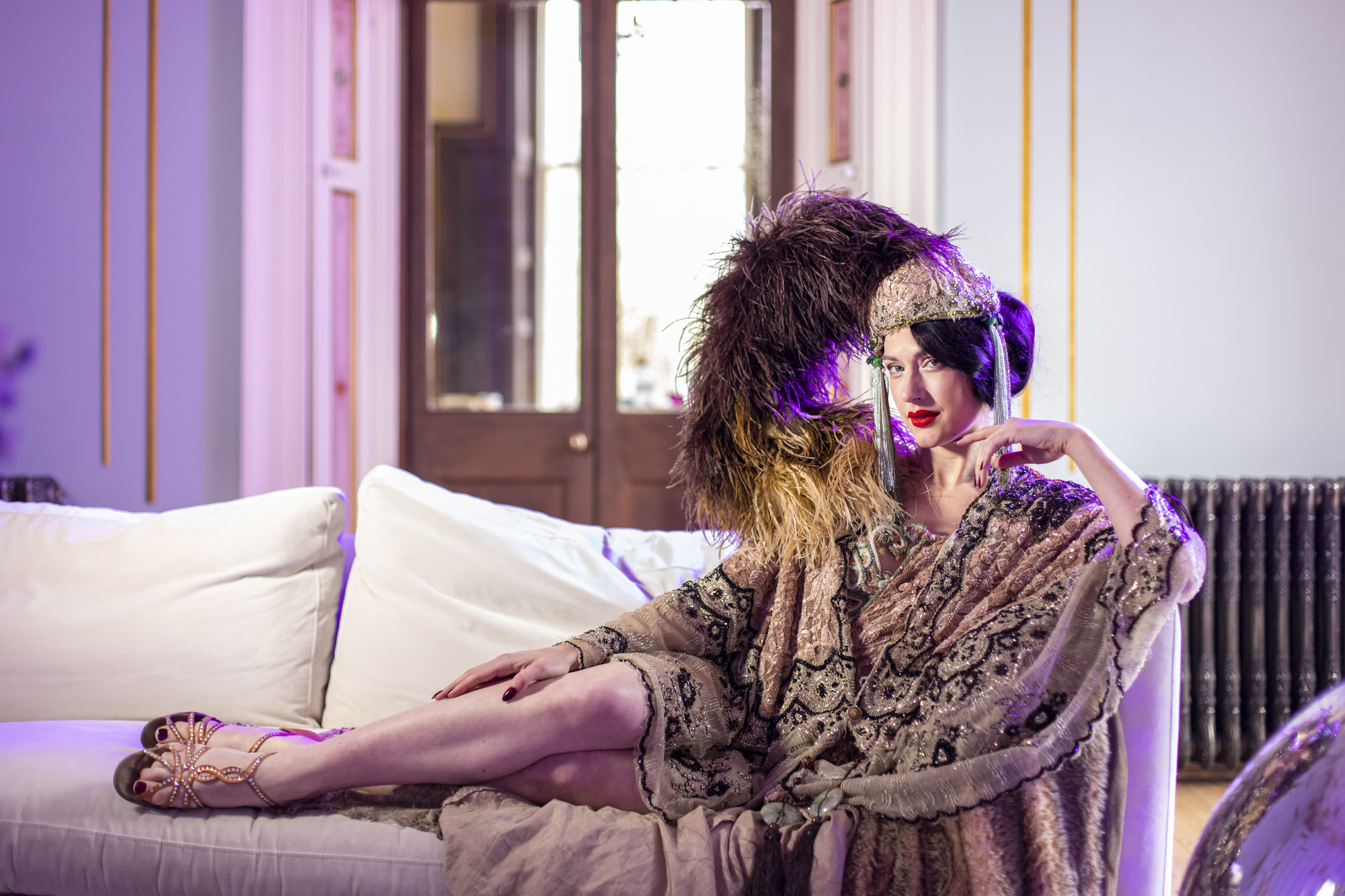
For this portrait we had our model, Betsy, pose on a sofa lying down. There was natural light coming in from a window out of shot to the right, which was lighting her from the right and behind. However, this meant that her face was in shadow and details were lost.
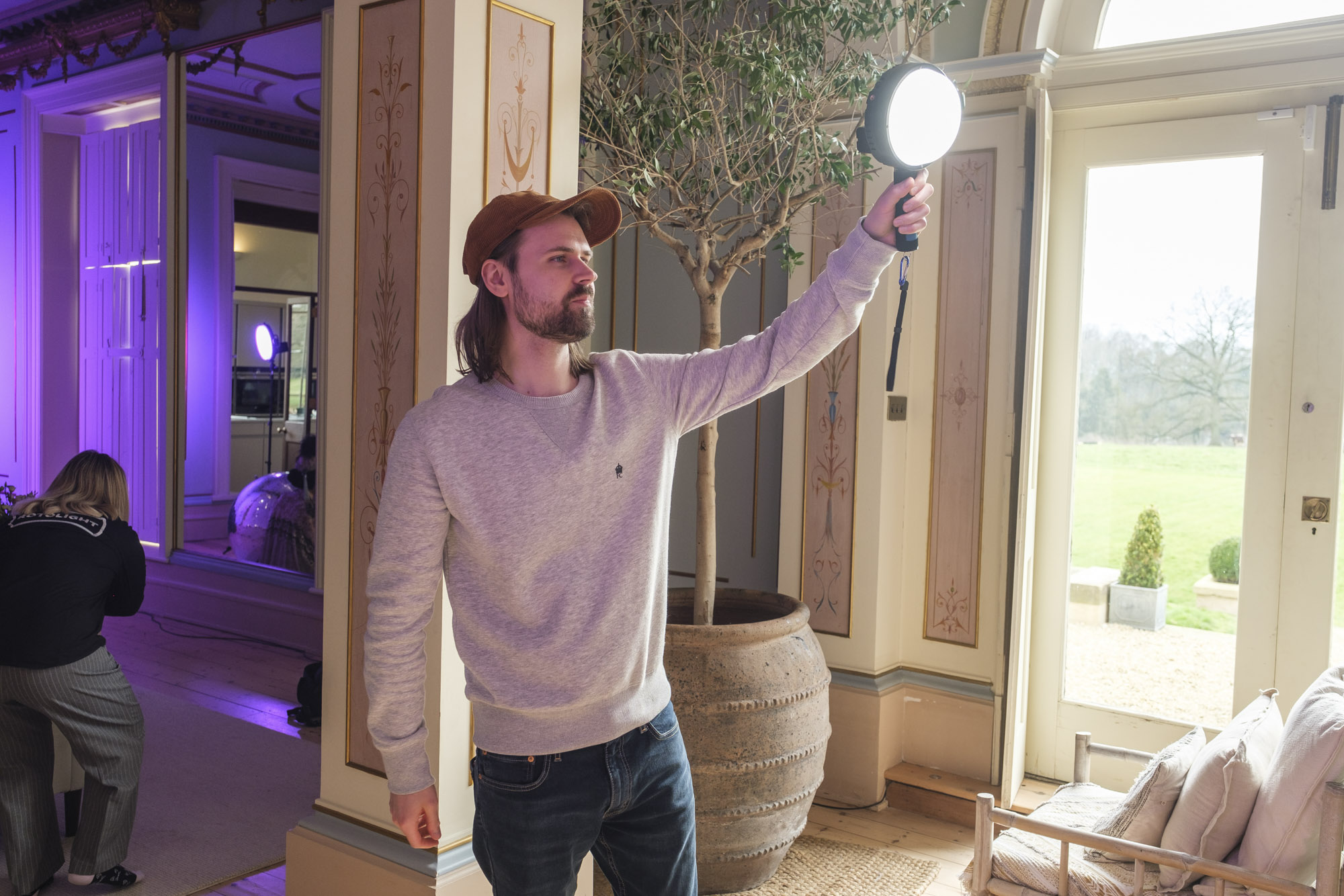
To bring back some definition to the face we used the smaller Rotolight NEO 3 LED with the handgrip so that her face was illuminated, this could also be positioned on a lightstand to free up our hands to take photos. Having the bright white ‘key’ light shining down from a 45º above has lit her beautifully.
2. Inject some color
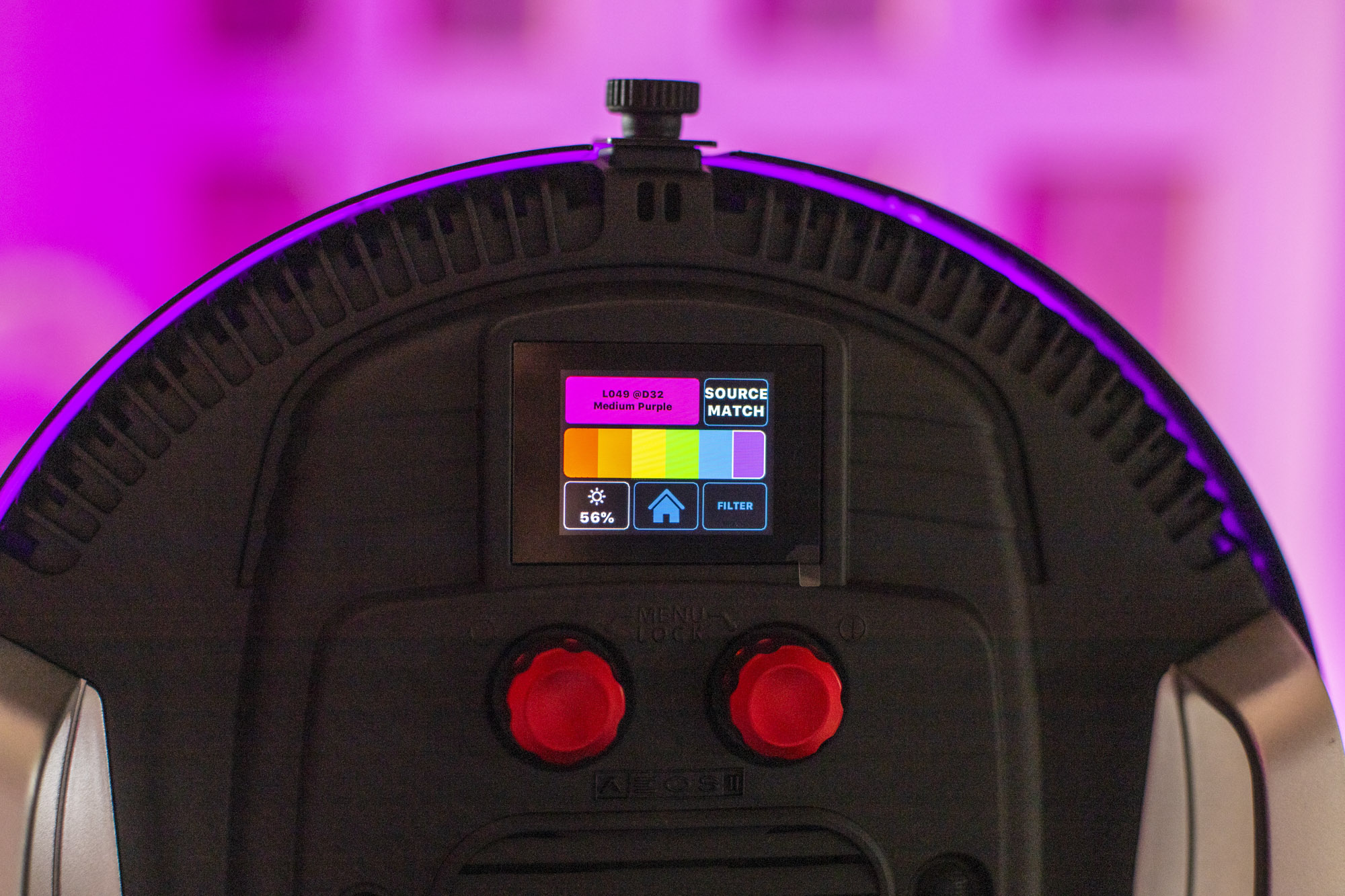
The Rotolight AEOS 2 and NEO 3 have 16.7 million colours and 2500 filters to choose from, so you can apply gel lighting without a physical gel, which would reduce light output. This can be set on the back of each LED panel or through the Rotolight app available for free via the Apple iOS or Google Play Store.
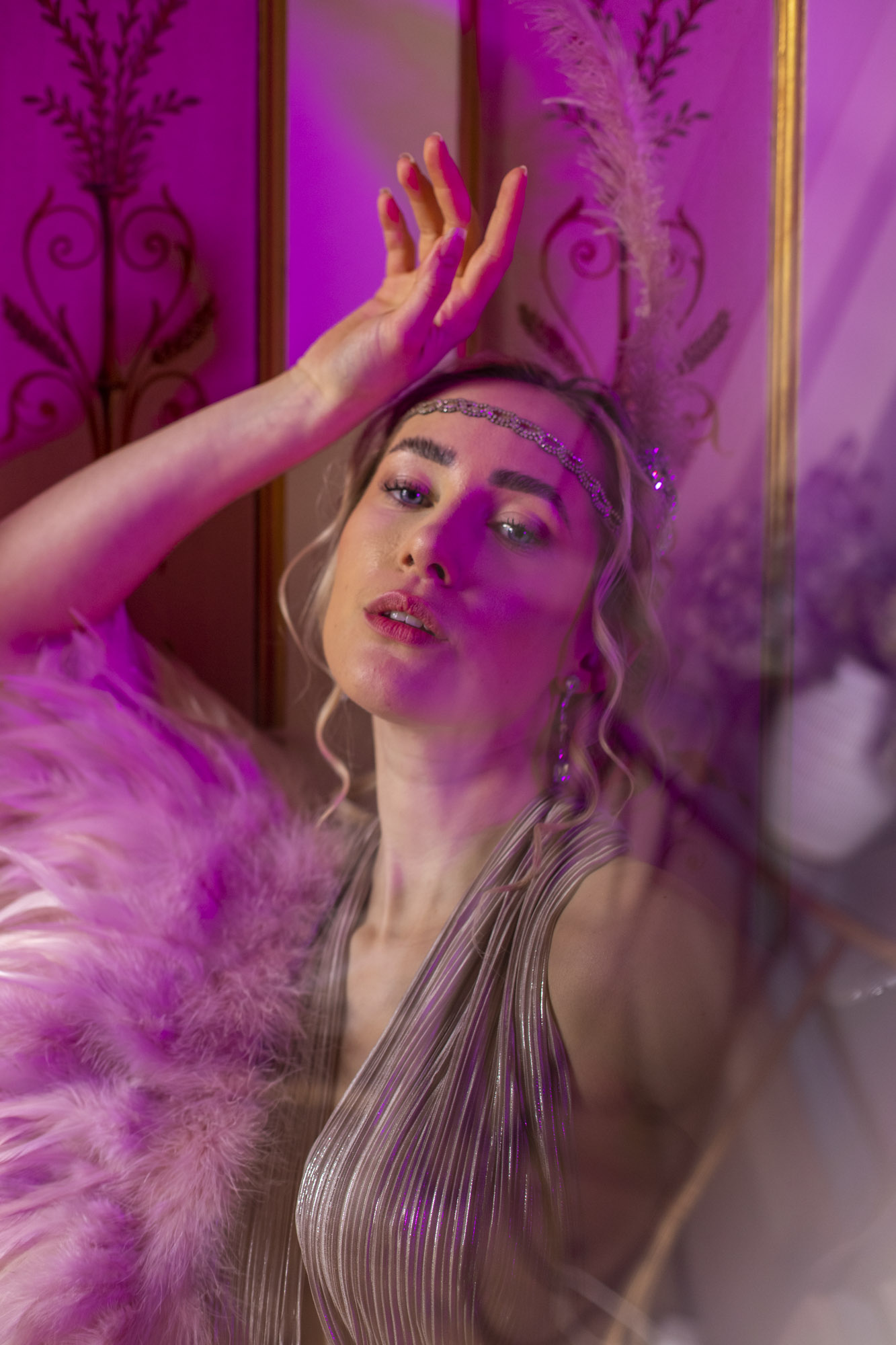
We asked our model, Simone, to pose against this fantastic embellished wall with natural light coming through a window to the left. The Rotolight AEOS 2 was then positioned to the right with a medium purple digital filter switched on to add a touch of colour to the shadows.
3. Try a moody mono
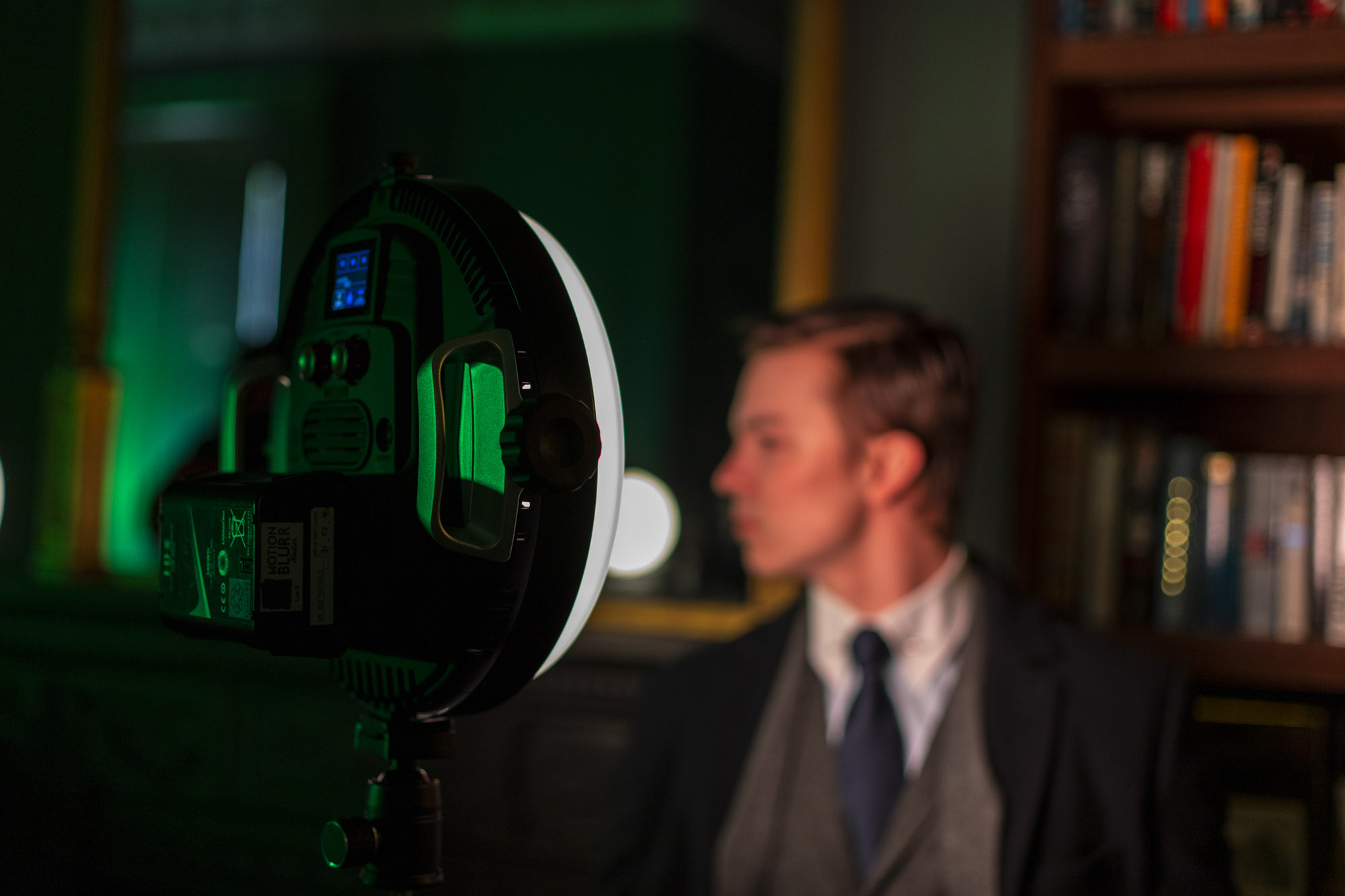
After experimenting with the built-in colour filters we wanted to try something different and decided to ditch colour for a moody mono portrait. We kept the setup simple with a single AEOS 2 positioned at 45º to the front of our model Hamish.
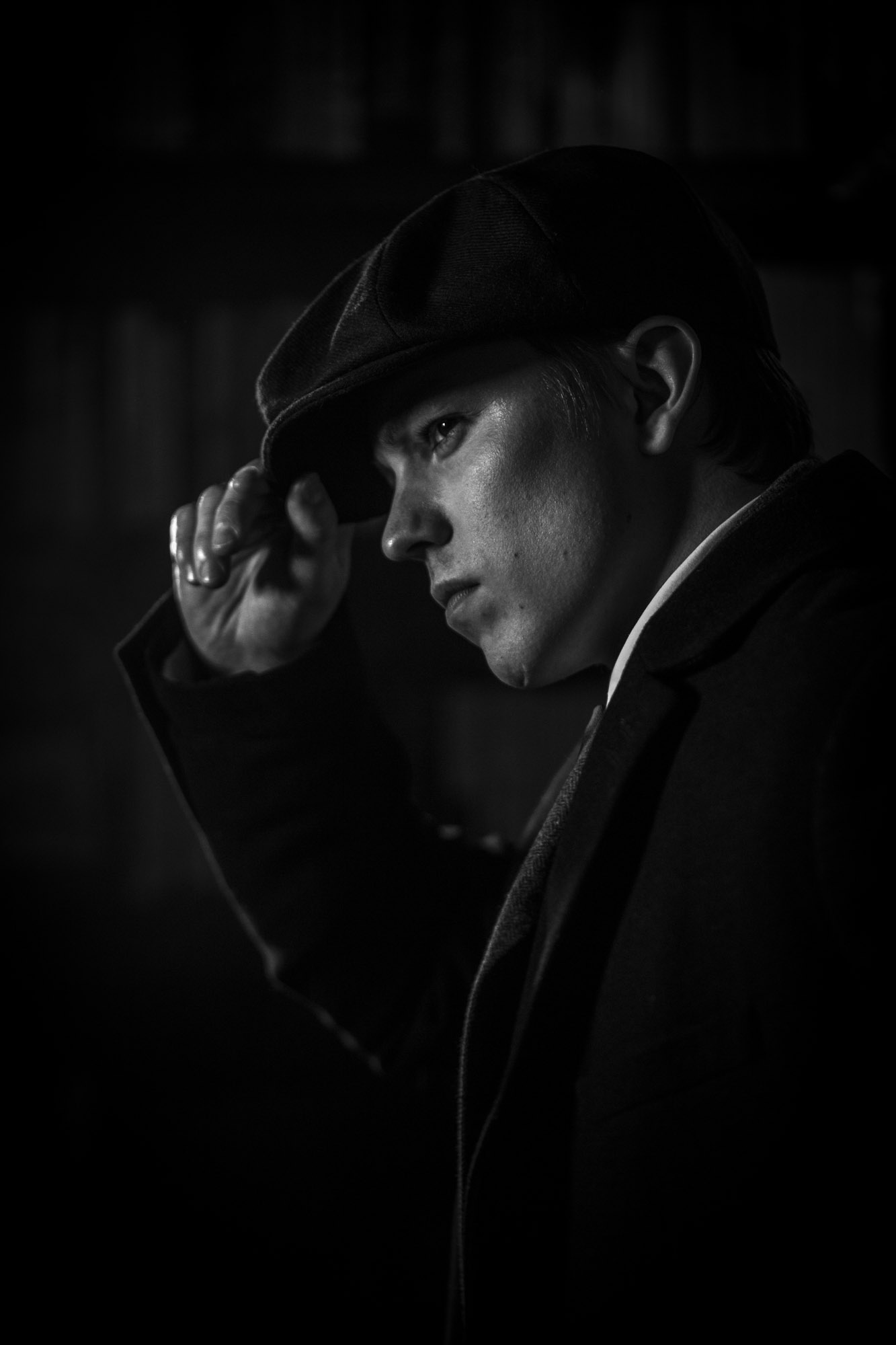
To see the mono effect in real-time we went into the Canon Menu and set the Picture Style to Monochrome, this then shows you a black and white version when using the Live View, so you can just concentrate on the lighting and composition. Shoot in Raw so that you can always create a colour image edit later if you decide that you prefer that.
4. Try mixed lighting
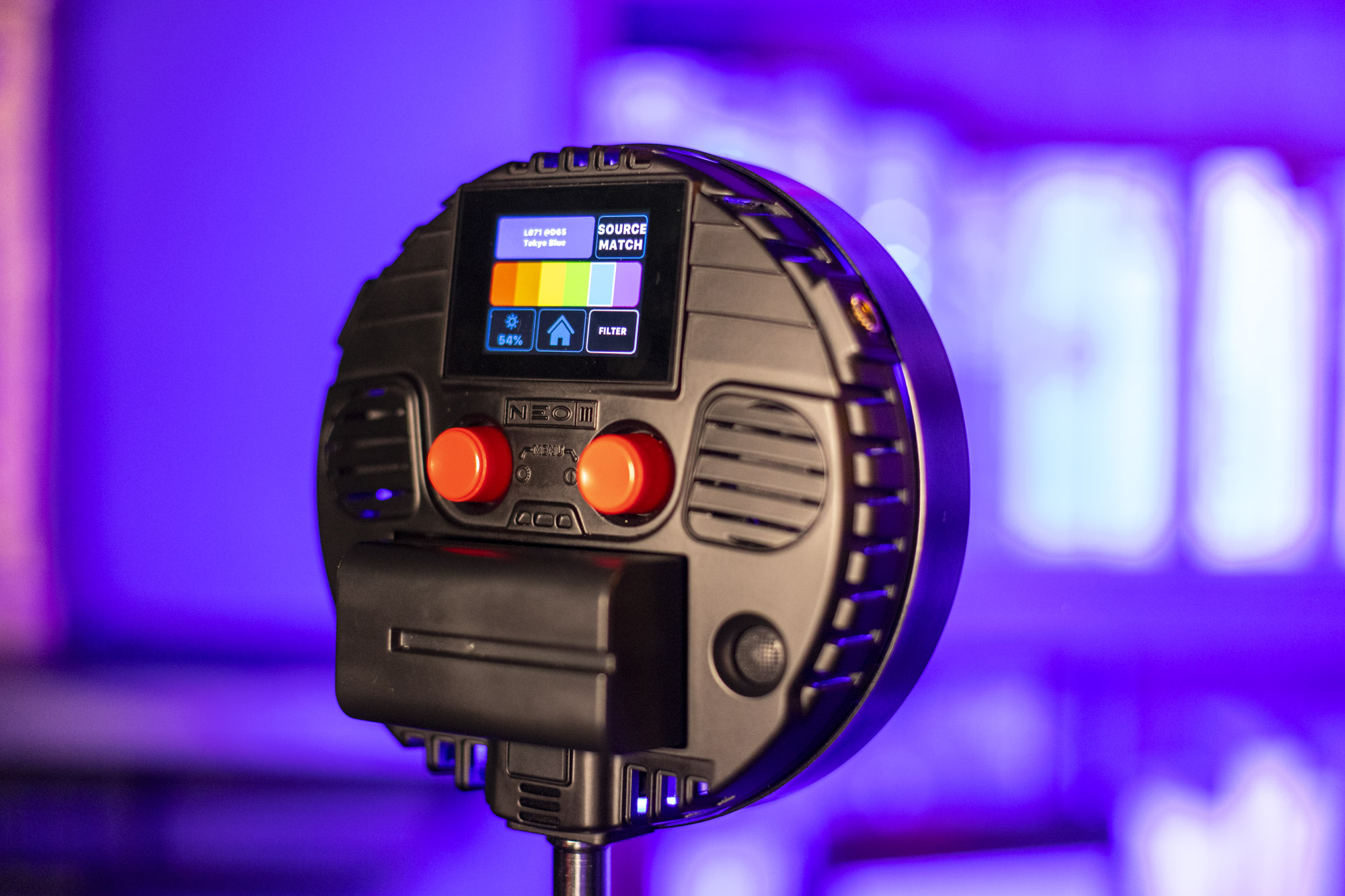
For this setup we mixed together two different colours on our lights to give our shots even more colour, and shot through candle flames with a shallow depth-of-field to turn these into bright and contrasting foreground interest.
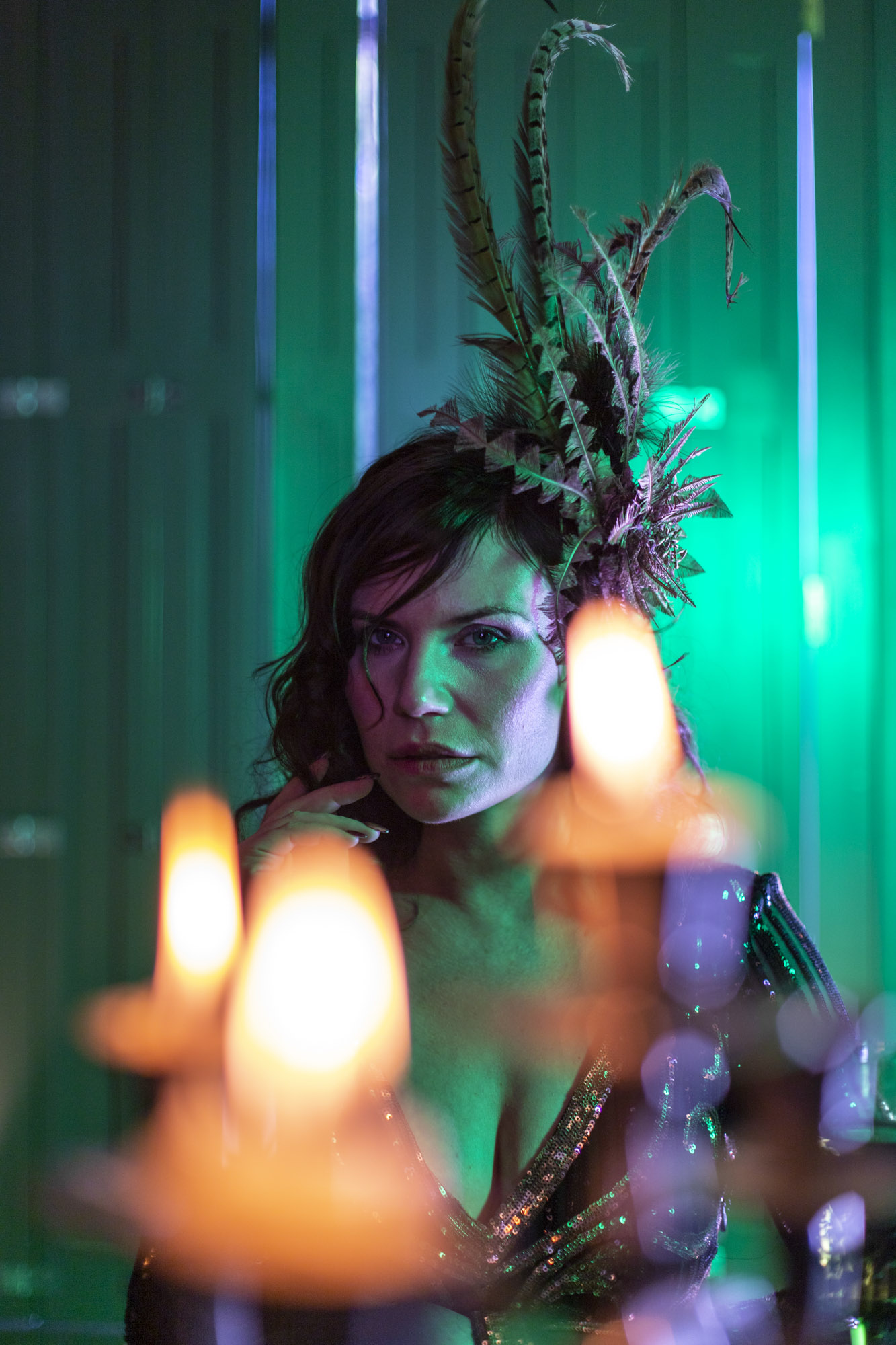
Our large AEOS 2 light was set to green and lit our model, Alexandra, from the right side, it was also the main light for the background, while our smaller NEO 3 light was set to a purple colour to fill in some of the shadows. The lights can also be set to a flash mode for twice the output and synced with a remote trigger, this boosts the LED light output by double for when you need to freeze a moment in time.
Read more:
Portrait photography tips
Best LED light panels
Best lenses for portraiture photography
PhotoPlus: The Canon Magazine is the world's only monthly newsstand title that's 100% devoted to Canon, so you can be sure the magazine is completely relevant to your system. Every issue comes with downloadable video tutorials too.
Get the Digital Camera World Newsletter
The best camera deals, reviews, product advice, and unmissable photography news, direct to your inbox!

Deputy Editor on PhotoPlus: The Canon Magazine, Dan also brings his technical wizardry and editing skills to Digital Camera World. He has been writing about all aspects of photography for over 10 years, having previously served as technical writer and technical editor for Practical Photography magazine, as well as Photoshop editor on Digital Photo.
Dan is an Adobe-certified Photoshop guru, making him officially a beast at post-processing – so he’s the perfect person to share tips and tricks both in-camera and in post. Able to shoot all genres, Dan provides news, techniques and tutorials on everything from portraits and landscapes to macro and wildlife, helping photographers get the most out of their cameras, lenses, filters, lighting, tripods, and, of course, editing software.

